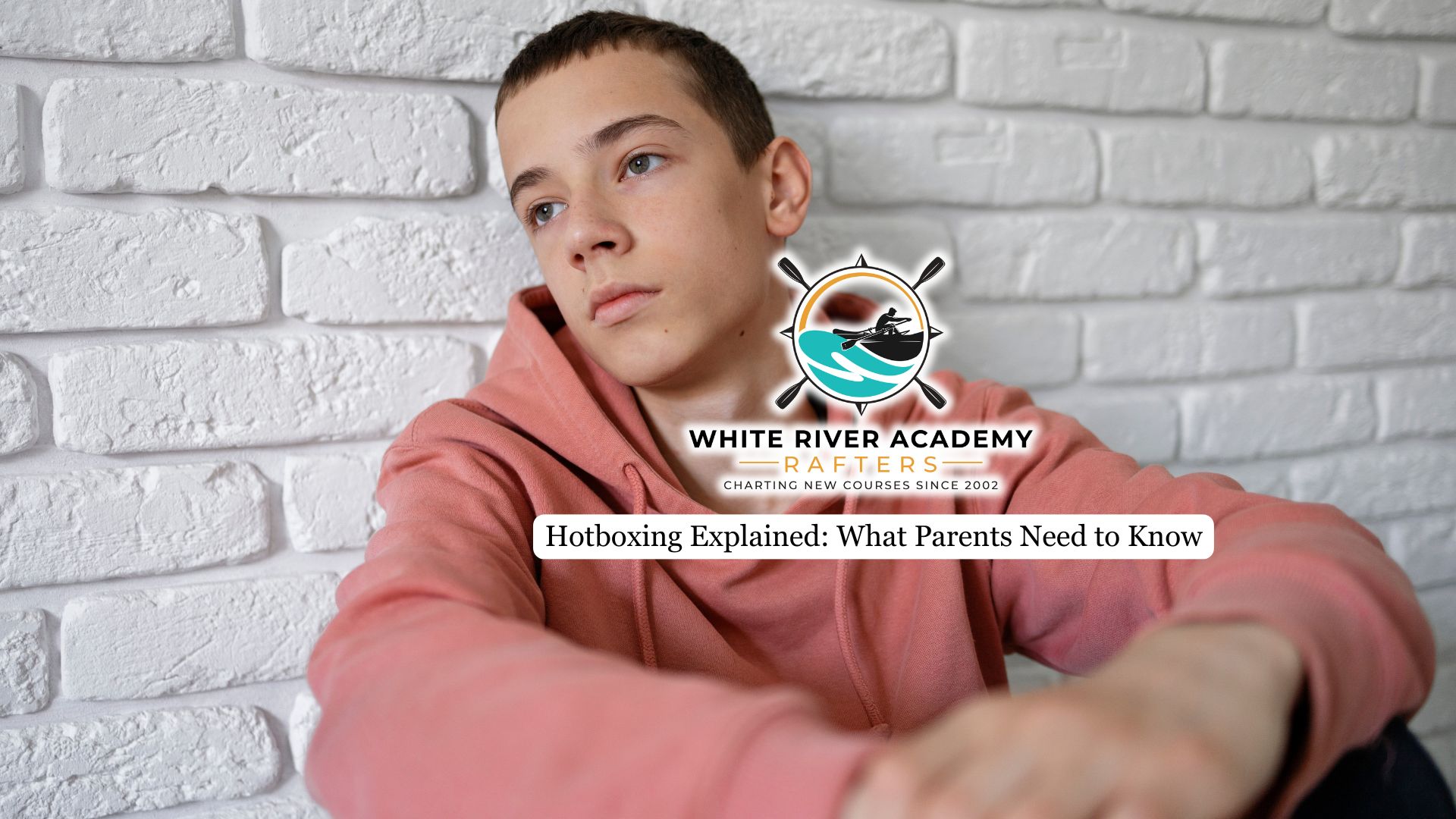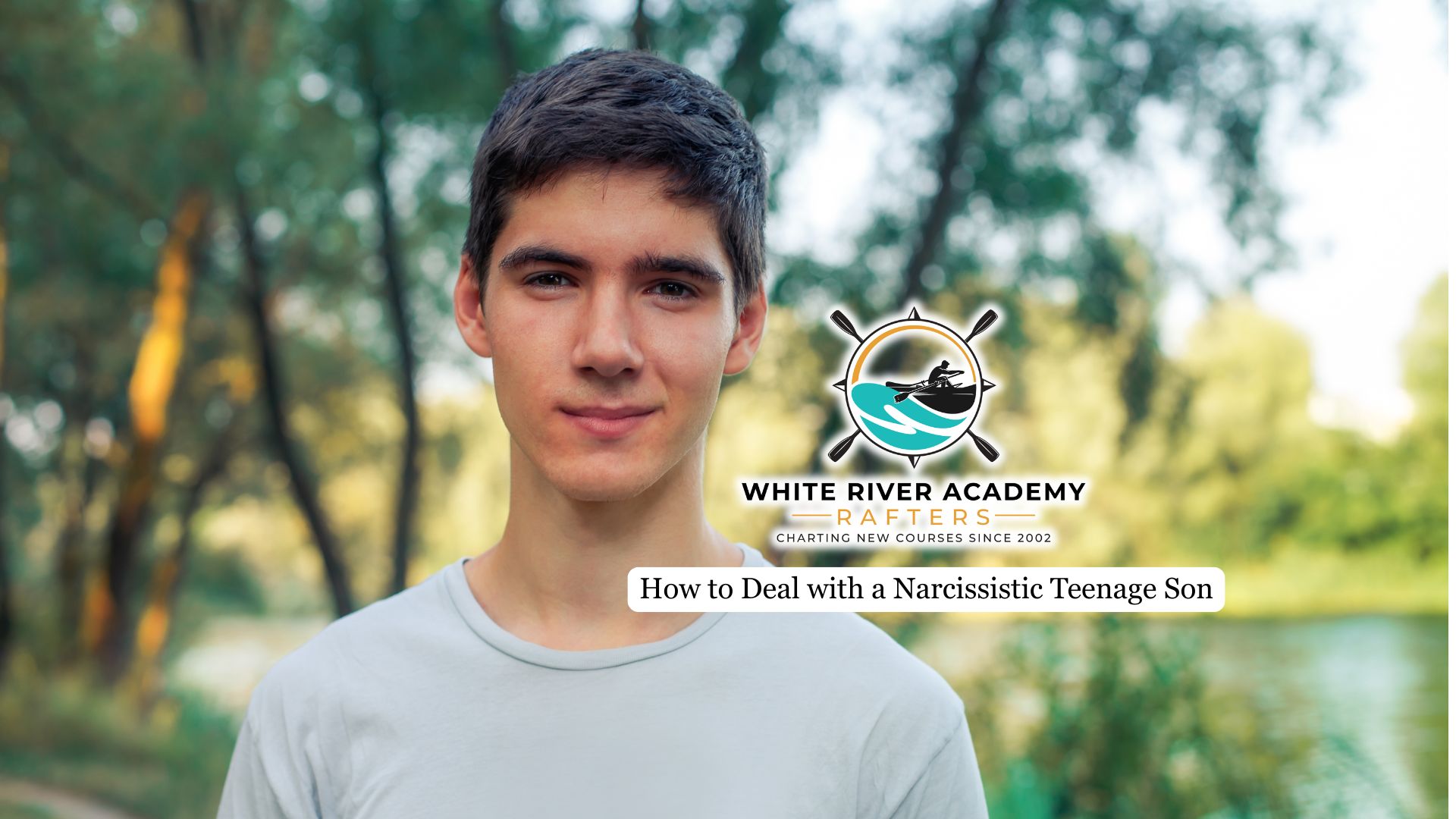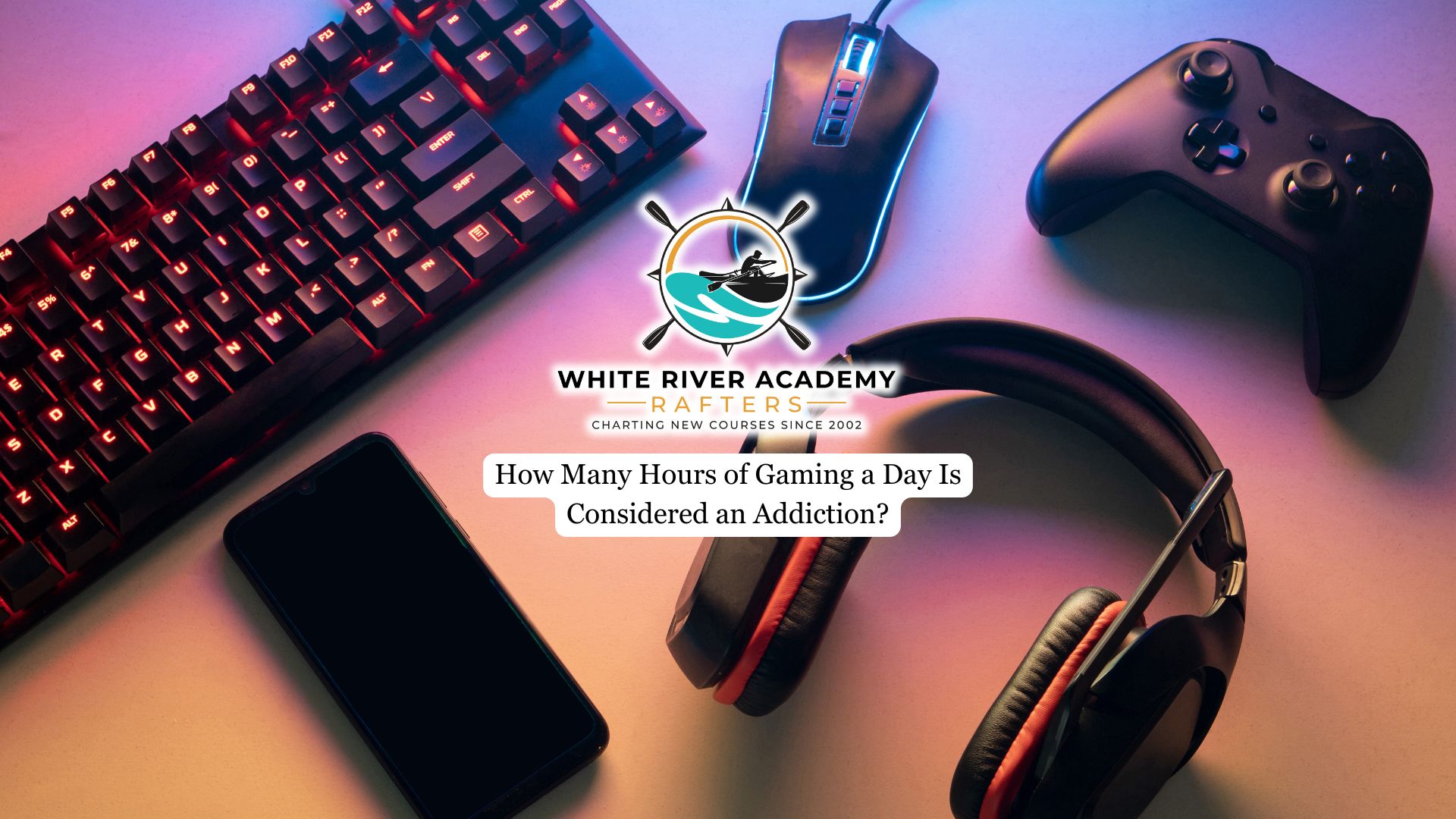Hotboxing is a term many parents may have heard but don’t fully understand. This practice can pose health, legal, and social risks, especially for minors.
In this article, parents will learn what hotboxing is, why it’s done, the dangers involved, and how to approach conversations about it with their children.
What Is Hotboxing?
Hotboxing involves smoking a substance such as marijuana in a small, enclosed area like a car, closet, or bathroom, allowing the smoke to fill the space and be inhaled repeatedly. This method amplifies the intensity of the high because the smoke concentration increases within the confined environment.
The activity is primarily linked to cannabis use but can involve other substances in similar settings. The key characteristic is the deliberate sealing of the space to trap smoke for maximum inhalation.
It is important to understand that frequent weed consumption can lead to cannabis use disorder, which may negatively impact a young person’s mental and physical health. Because cannabis addiction can be complex and hard to overcome, seeking marijuana addiction treatment tailored for teens is crucial. Early intervention improves the chances of successful outcomes and helps prevent more serious health and social consequences.
Why Do People Hotbox?
Socially, this practice acts as a bonding session, where friends gather in a small space to share the activity and connect over it. This sense of community can be very appealing, especially among young people who value peer interactions.
It also intensifies the effects of the substance being smoked, because the smoke concentration is much higher in the confined space compared to open-air smoking. This stronger, quicker high can be especially attractive to those seeking heightened sensations or novelty.
Peer influence is a significant factor. Many young people may take part out of curiosity or because they want to fit in with friends. The desire to be accepted and avoid exclusion can lead to participation even when individuals are unsure or hesitant.
Some choose to hotbox as a method to minimize detection. Since the smoke is trapped inside an enclosed area, the smell is less likely to be noticed, making it easier to hide the activity. This aspect can make the method feel like a safer or more discreet option for those who want to avoid consequences.
Health Risks and Concerns
Because the smoke is trapped in a confined space, users inhale a much higher concentration of harmful chemicals and toxins found in the smoke than they would while smoking in open air.
This intense exposure can irritate the respiratory system, leading to symptoms such as persistent coughing, wheezing, shortness of breath, and chest tightness. The intoxicating effects may impair coordination, reaction time, and judgment, increasing the risk of accidents or poor decision-making.
Frequent engagement in the activity can contribute to more serious health problems, including chronic bronchitis, lung infections, and other respiratory illnesses. There is also a heightened risk of developing dependency on the substances being smoked, as repeated exposure and intensified highs may reinforce addictive behaviors.
Individuals who are nearby but not actively smoking are still vulnerable to the risks of passive inhalation. Secondhand smoke in such concentrated environments can harm their respiratory health and increase their exposure to toxic chemicals, making it a concern not only for the users themselves but also for those around them.
Signs to Watch Out For
Behavioral changes are often the first indicators to watch for. These might include sudden mood swings, irritability, withdrawal from family and friends, or a noticeable decline in academic performance and motivation. Such shifts can signal emotional distress or the influence of substance use.
The smell of smoke lingering on clothing, hair, or breath is often a telltale clue. Other signs include red, bloodshot, or glassy eyes, frequent coughing or throat irritation, and unusual tiredness or lethargy that isn’t typical for the child’s usual behavior.
Parents may also come across smoking paraphernalia like rolling papers, lighters, or small containers used to hold substances. Adolescents involved in hotboxing often spend time in confined or unusual places, such as closets, cars, or bathrooms, where the activity typically takes place.

Legal and Social Implications
Hotboxing typically involves smoking marijuana or other substances whose legal status varies significantly depending on the region. In many areas, possessing or using these substances, especially by minors, can lead to serious legal consequences. These might include fines, school suspensions or expulsions, mandatory counseling, and, in some cases, criminal charges that could impact the child’s future opportunities. The severity of penalties often depends on local laws, making it essential to understand the regulations in the area.
Beyond legal issues, it can carry significant social consequences for young people. Minors caught engaging in such activities may face damage to their reputation, both among peers and within their communities.
Relationships with family, teachers, and friends can become strained due to loss of trust or disapproval. Involvement in substance use can also result in exclusion from extracurricular activities, sports, or academic programs, limiting social and personal growth opportunities.
How Parents Can Talk About Hotboxing
When discussing it with their children, parents should strive to create a calm and open atmosphere where their child feels safe and respected. They should clearly explain the physical health risks, such as respiratory damage and impaired judgment, alongside the legal consequences, in a way that is factual but empathetic. It’s equally important to acknowledge the pressures and curiosity that may lead teens to experiment with this kind of activity, showing understanding rather than simply condemning the behavior.
Encouraging kids to share their thoughts and feelings freely can deepen mutual trust. Parents can ask open-ended questions and listen attentively, responding in a way that validates the child’s experience. This helps them feel heard and supported, rather than punished or shamed. Building this trust allows for ongoing, constructive conversations rather than one-time lectures.
In these discussions, parents should emphasize the importance of making healthy, safe choices and explore together the many alternative ways to deal with common challenges such as peer pressure, boredom, or stress. These alternatives include engaging in sports, hobbies, creative outlets, or talking to trusted friends and adults.
Equipping adolescents with positive strategies and reinforcing their ability to make good decisions empowers them to resist risky behaviors more confidently. This compassionate, understanding approach sets the foundation for a lasting, open dialogue around substance use and well-being.
Safety Measures and Prevention Tips
Clear, consistent expectations should be set regarding substance use early on, and these boundaries communicated in a straightforward but supportive way.
At the same time, it’s important to stay attentive to their child’s behavior and any changes that might indicate risky activities, such as spending time in unusual places or changes in mood and social circles. Monitoring should be balanced, being involved without appearing overly invasive or controlling, to maintain trust.
Encouraging children to engage in hobbies, sports, clubs, or other positive peer groups can provide meaningful alternatives to risky behaviors, help build self-esteem, keep them occupied, and offer healthier ways to cope with stress and social pressures.
If a child is suspected of already being involved with substance use, seeking professional help is a valuable step. Counselors, therapists, or support groups specializing in youth substance use can offer tailored advice, resources, and intervention strategies. Early intervention can prevent more serious issues and support the whole family in navigating these challenges together.
Final Thoughts from White River Academy
Understanding hotboxing empowers parents to recognize the practice, its risks, and how to guide their children effectively. Staying informed and maintaining open communication are crucial steps to keeping children safe from the potential harms of not just hotboxing but substance use itself. Balancing awareness with empathy will allow parents to support their children in making choices that promote health and well-being.
We at White River Academy in Utah offer a safe, structured environment where adolescent boys can receive intensive, individualized care while being supported by trained professionals. Combining evidence-based therapies, family involvement, and life skills education helps teens develop healthier coping mechanisms and build a strong foundation for lasting recovery. Parents facing difficulties with their child’s substance use can find hope and effective support through such comprehensive treatment options, ensuring their children not only overcome current challenges but also thrive in the future.




